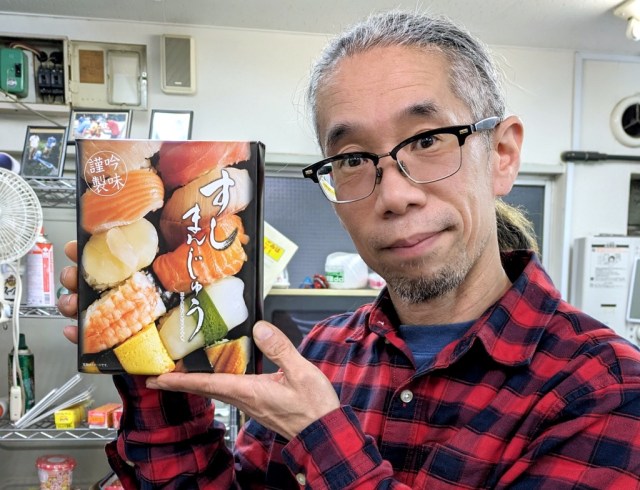
Unusual case of false advertising surprises everyone in the office.
Two of the most beloved foods in Japan are sushi and manju (steamed buns), but you’ll be hard pressed to see them combined together as one dish, given that the former is considered a savoury meal and the latter is thought of as a sweet dessert.
So when our reporter Mr Sato came across a product called Sushi Manju at the Kitte Marunouchi shopping complex near Tokyo Station, he immediately did a double-take, wondering what the product might look and taste like. As his mind struggled to comprehend the combination of such disparate ends of the culinary spectrum, he reached into his pocket and handed over 648 yen (US$4.36) to purchase the product and take it back to the office for a taste test.
▼ Mr Sato purchased the Sushi Manju at the Lawson convenience store at Kitte Marunouchi.
In Japan, manju is a popular traditional confectionery with a bun-like texture on the outside, made from flour, rice powder and buckwheat, and a sweet filling like red bean paste on the inside.
▼ So what the heck is Sushi Manju?
The packaging on the box looked like regular sushi, but Mr Sato wasn’t quite sure whether this was an accurate representation of what lay inside, especially as the tiny print on the bottom left corner had the disclaimer that this was “an image”.
The back of the pack didn’t give away any real clues, either, with nothing but a blurb discussing “The Birth of Nigiri Sushi” (“nigiri” refers to hand-moulded sushi like the type shown on the pack).
“Sushi began to be eaten as nigiri sushi during the Edo period. Because seafood caught in “Edo-no-mae” (Tokyo Bay) was used, it was called “Edomae Sushi”. At that time, food stalls were all the rage in Edo, and Nigiri Sushi was sold from the food stalls. The short-tempered Edo people were known for making sushi in the blink of an eye. Currently, the kanji “寿” (“kotobuki”) commonly used in “寿司” (“sushi”) is considered to bring good luck and it has become a representative Japanese food.”
Mr Sato had heard the common theory that people from Edo (now known as Tokyo) were thought to be short-tempered in the past, with some saying it was due to the lack of calcium in the groundwater, so it was interesting to find this temperament influenced the way they made sushi.
He still had no idea if that had anything to do with Sushi Manju, though, so he decided to enlist a bit of help from his colleagues, enticing them away from their work with the temptation of free food.
Mr Sato held the box of Sushi Manju before him, saying: “I bought you guys a souvenir from Tokyo Station.”
Reporter Masanuki Sunakoma is relatively new to the office compared to colleague Go Hatori, who knows to think twice about accepting gifts from Mr Sato, so he bowed and smiled in delight at the thoughtful gesture, saying, “Wow! Even though you live in Tokyo, you still buy souvenirs at Tokyo Station.”
As soon as Masanuki’s hands touched the box, Mr Sato pulled it away. “Hey! Stop giving me heartless compliments!” he said. “You probably think you can eat for free, right? But I’m not a souvenir guy.”
▼ “Huh? You’re not a souvenir guy?!?”
Mr Sato flashed a cheeky grin at his colleagues, who now knew he was up to mischief, telling them, “Look at it! Aren’t you curious about what’s inside? Can you imagine what kind of steamed buns sushi manju are? You don’t know, right? So…guess what’s inside!”
It was now quiz time, and Go and Masanuki understood they would have to work for their buns, putting down their ideas of what they thought Sushi Manju might be on paper.
A closer look at Go’s idea revealed he believed “the sushi topping is printed on the steamed bun” (“ネタがプリントしてある”).
As it turns out, Mr Sato had also jotted down his own idea and it matched Go’s perfectly, filling him with delight at their unified style of thinking.
Mr Sato’s sketch, however, was considerably plainer, drawn simply with a ballpoint pen and arrows indicating the manju (“まんじゅう”) and printed sushi topping (“スシネタをプリント”).
Masanuki, on the other hand, had higher hopes for the Sushi Manju, revealing his idea that it would be “けっこう忠実” or “pretty faithful” to actual sushi.
When Go and Mr Sato praised Masanuki for his drawing skills, he told them he used a photo from the Internet for reference.
With the three of them having made their predictions, it was now time to open the box and find out what really lay inside.
▼ Are you ready for the grand reveal?
▼ Ta daaaaa!
In the end, the Sushi Manju looked nothing like the packaging, instead being small bite-sized buns with sushi-related imagery printed on them.
▼ Mr Sato cheered, “Go and I were correct!” as he presented the box to the camera in delight.
However, his smile soon wavered as he inspected the contents to find it wasn’t just sushi toppings printed on the buns, but non-edible items like the green plastic separators, known as “baran” in Japanese.
Mr Sato worries that if foreign tourists see the baran on the bun like a sushi topping, they might mistake it for an edible topping when they come across it in a real box of sushi.
We’re pretty sure most foreign visitors to Japan will be familiar with baran and the fact that it’s non-edible, but Mr Sato is always looking out for our foreign readers so we appreciate his concern.
Always the discerning customer, Mr Sato says the Sushi Manju might’ve been more impressive if they only contained images of familiar sushi toppings, so you could feel like you’re eating Nigiri Sushi every time, but as a Tokyo souvenir he’s not complaining. They looked cute and tasted great, so until they make manju that really looks like sushi, he’s happy to munch on these buns with his workmates.
Store information
Lawson KITTE Marunouchi store / ローソンKITTE丸の内店
Address: Tokyo-to, Chiyoda-ku, Marunouchi 2-7-2 JP Tower B1
東京都千代田区丸の内2-7-2 JPタワー地下1
Open: 7:00 a.m.-11:00 p.m.
Related: Lawson , Otori Sangyo, Comedy Manga Dojo
Photos ©SoraNews24
● Want to hear about SoraNews24’s latest articles as soon as they’re published? Follow us on Facebook and Twitter!
[ Read in Japanese ]

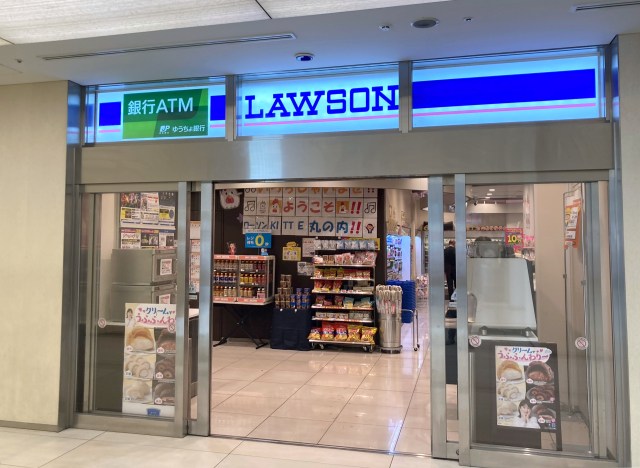
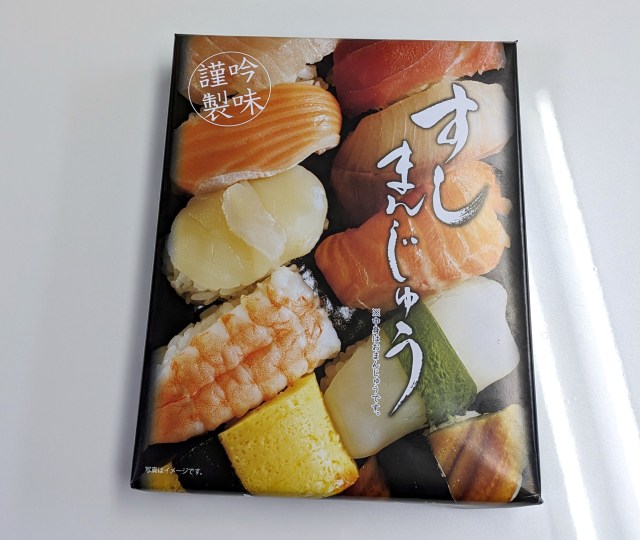
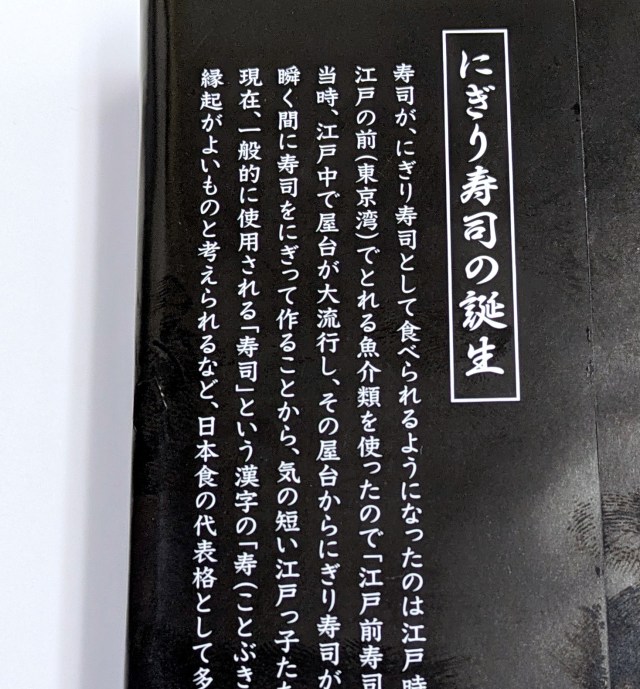
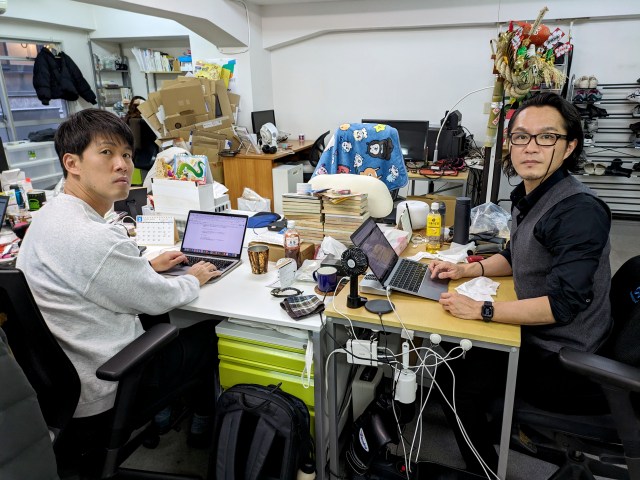
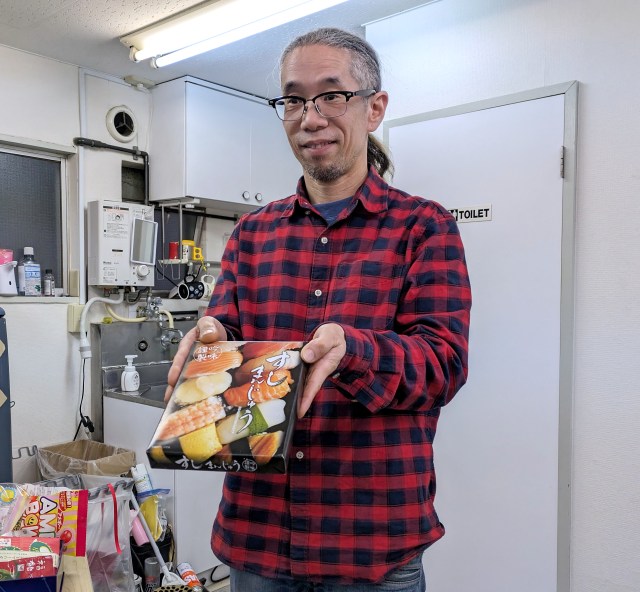
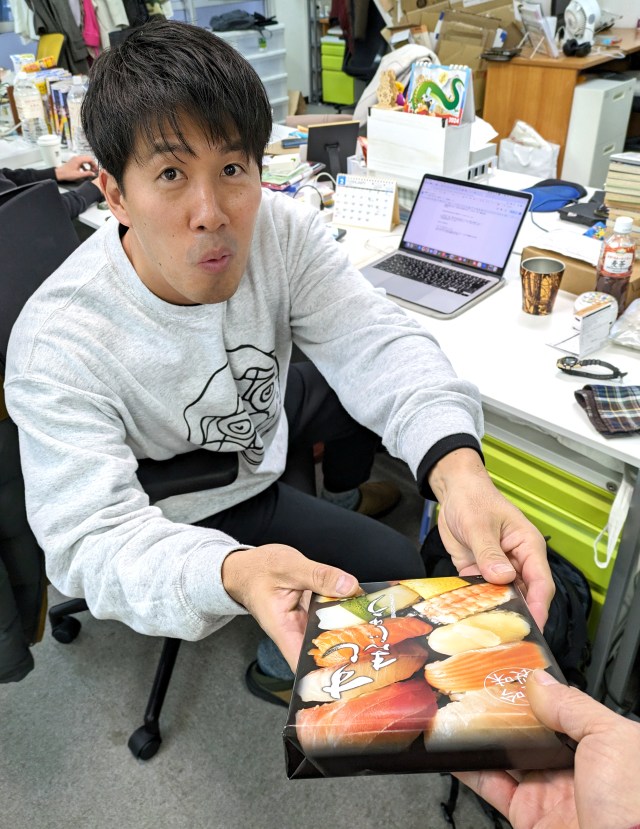
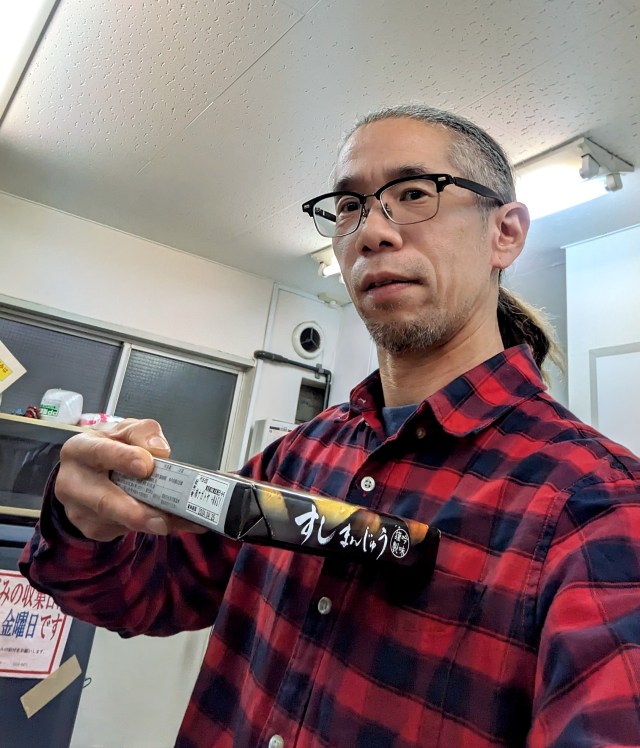
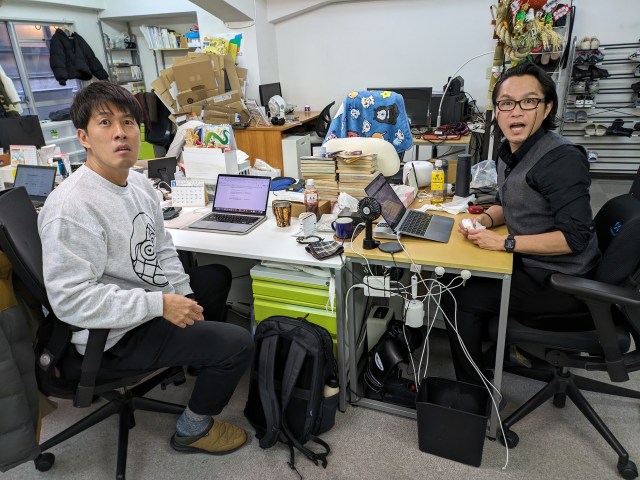
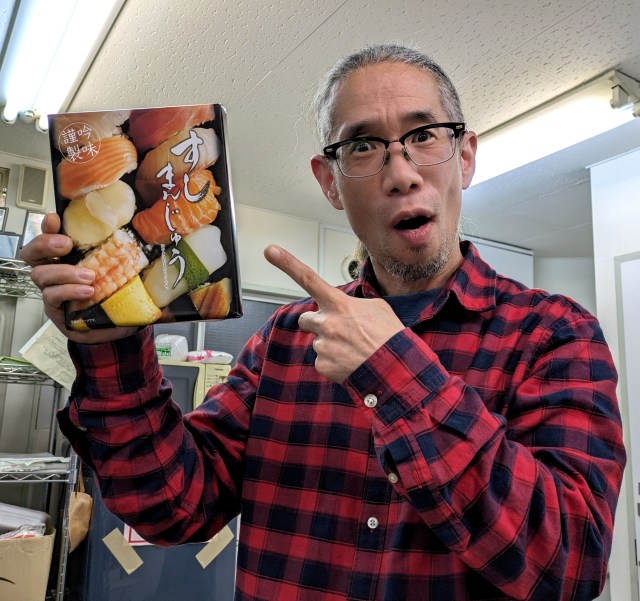
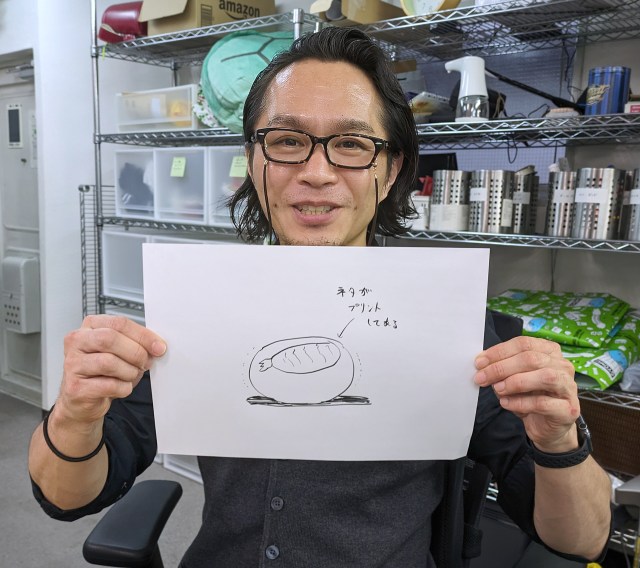
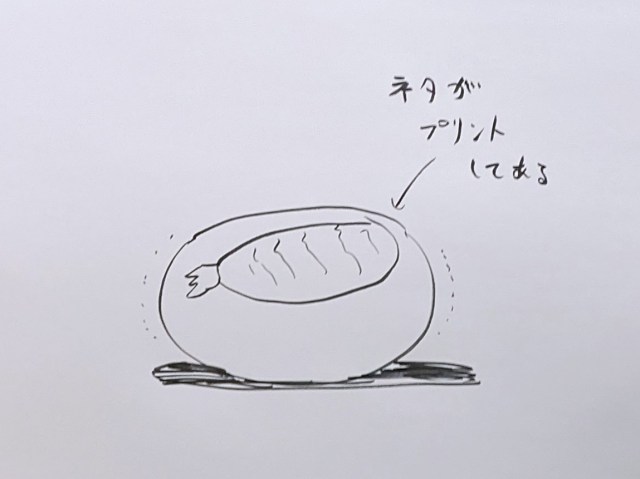
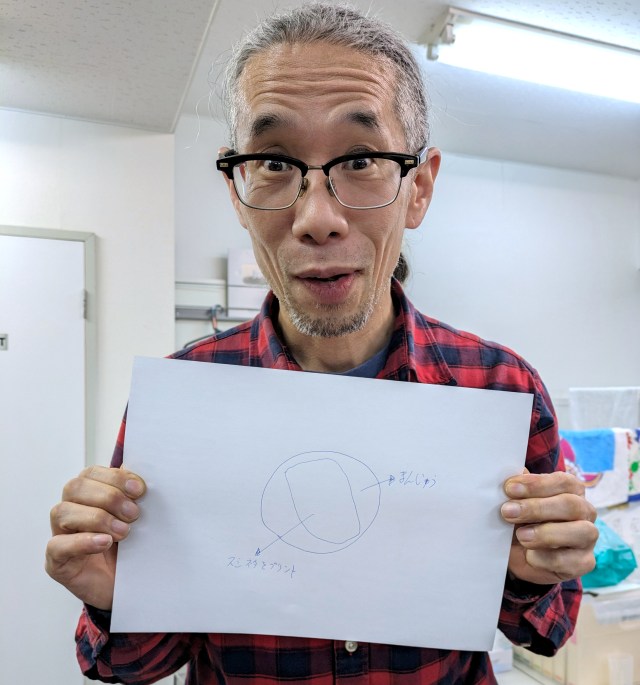
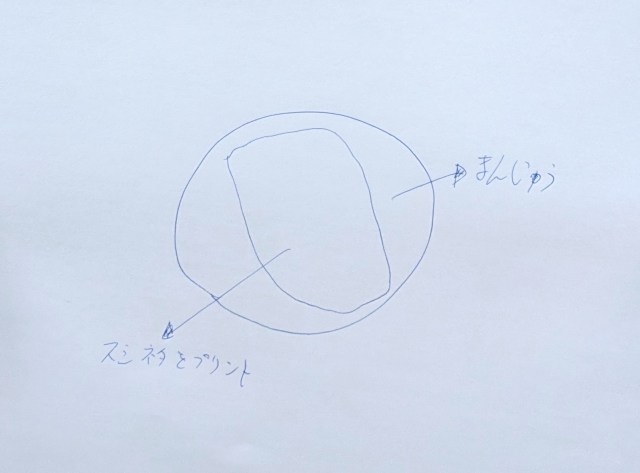
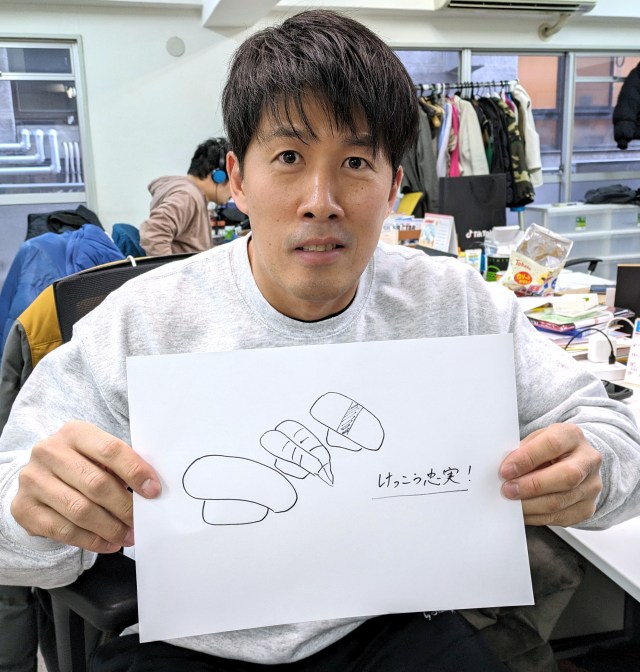
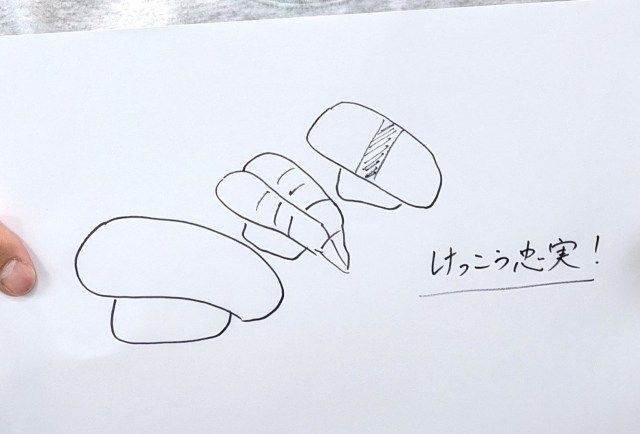
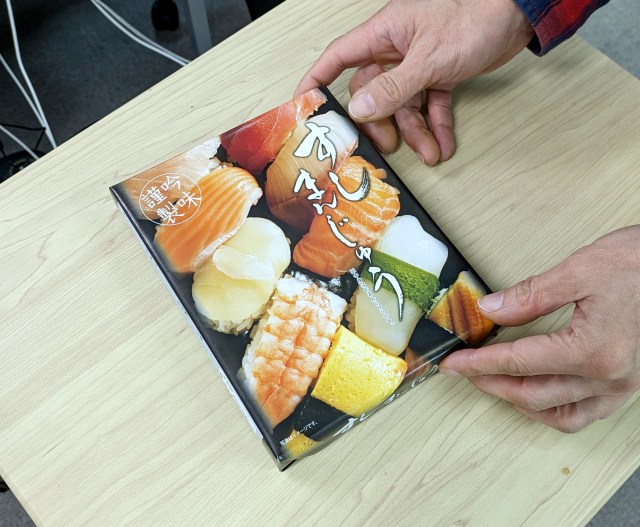
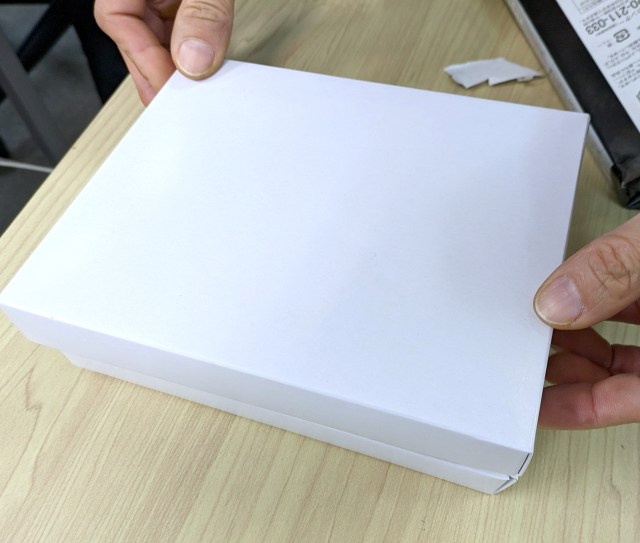
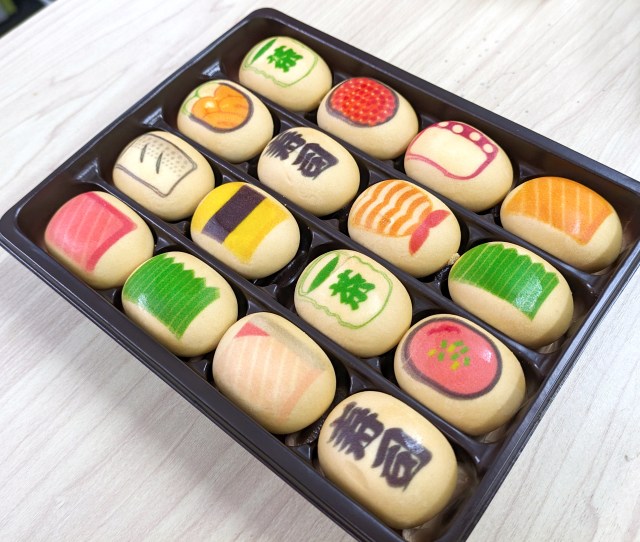

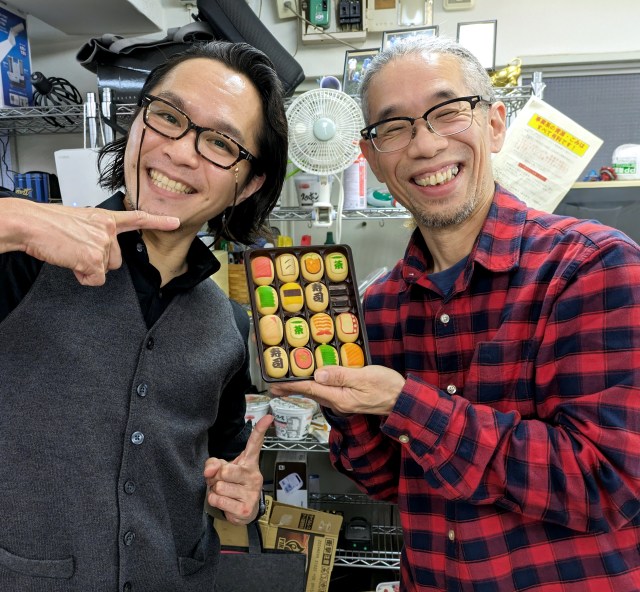
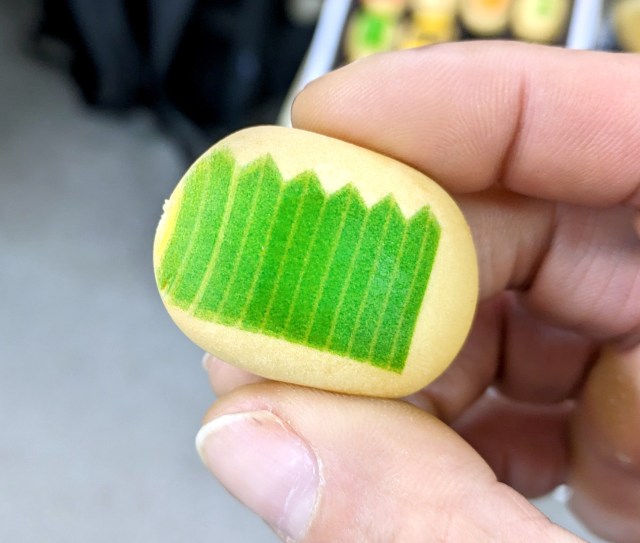
 Box of sweet steamed sushi cakes disappoints Japanese customer with false packaging
Box of sweet steamed sushi cakes disappoints Japanese customer with false packaging Gunma’s yaki manju, unknown to most Japanese people, are the best manju we’ve ever had
Gunma’s yaki manju, unknown to most Japanese people, are the best manju we’ve ever had Tokyo’s first sushi cake specialty store opens in Japan
Tokyo’s first sushi cake specialty store opens in Japan Hidden in plain sight, low-key sweets shop surviving in Tokyo’s street market is a tasty treasure
Hidden in plain sight, low-key sweets shop surviving in Tokyo’s street market is a tasty treasure Sushi By Foreigners BC: Japanese gacha capsule toys just keep on getting weirder
Sushi By Foreigners BC: Japanese gacha capsule toys just keep on getting weirder Demon Slayer: Kimetsu no Yaiba gets new roller coaster attractions and food at Universal Studios Japan
Demon Slayer: Kimetsu no Yaiba gets new roller coaster attractions and food at Universal Studios Japan How to order snacks on a Shinkansen bullet train in Japan
How to order snacks on a Shinkansen bullet train in Japan Nintendo history you can feel – Super NES, N64, and GameCube controllers become capsule toys
Nintendo history you can feel – Super NES, N64, and GameCube controllers become capsule toys New Nintendo Lego kit is a beautiful piece of moving pixel art of Mario and Yoshi【Photos】
New Nintendo Lego kit is a beautiful piece of moving pixel art of Mario and Yoshi【Photos】 McDonald’s adds a new Cheese Bacon Potato Pie to its menu in Japan for a limited time
McDonald’s adds a new Cheese Bacon Potato Pie to its menu in Japan for a limited time Japan’s new difficult-to-drink-from beer glass protects your liver, but it’s a brutal experience
Japan’s new difficult-to-drink-from beer glass protects your liver, but it’s a brutal experience Burger King Japan suddenly adds Dr. Pepper and Dr. Pepper floats to its menu nationwide
Burger King Japan suddenly adds Dr. Pepper and Dr. Pepper floats to its menu nationwide Japan’s foreign population reaches historic milestone following largest-ever single-year surge
Japan’s foreign population reaches historic milestone following largest-ever single-year surge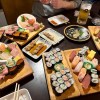 Shinjuku izakaya’s all-you-can-eat-and-drink plan is one of Tokyo’s best secret cheap eats
Shinjuku izakaya’s all-you-can-eat-and-drink plan is one of Tokyo’s best secret cheap eats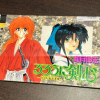 Creator of Rurouni Kenshin manga/anime avoids jail time in child pornography possession case
Creator of Rurouni Kenshin manga/anime avoids jail time in child pornography possession case Hello, cosmetics! Clinique teams up with Hello Kitty this summer for first-time collaboration
Hello, cosmetics! Clinique teams up with Hello Kitty this summer for first-time collaboration “The most Delicious Cup Noodle in history” – Japan’s French Cup Noodle wins our heart【Taste test】
“The most Delicious Cup Noodle in history” – Japan’s French Cup Noodle wins our heart【Taste test】 Starbucks releases a cute Frappuccino and Unicorn Cake…but not in Japan
Starbucks releases a cute Frappuccino and Unicorn Cake…but not in Japan Kyoto Tower mascot termination reveals dark side behind cute Japanese characters
Kyoto Tower mascot termination reveals dark side behind cute Japanese characters McDonald’s Japan’s Soft Twist Tower: A phantom ice cream only sold at select branches
McDonald’s Japan’s Soft Twist Tower: A phantom ice cream only sold at select branches Yabai Ramen: What makes this Japanese ramen so dangerous?
Yabai Ramen: What makes this Japanese ramen so dangerous? Finally! Nintendo Japan expands Switch 8-bit controller sales to everybody, Online member or not
Finally! Nintendo Japan expands Switch 8-bit controller sales to everybody, Online member or not Japanese government wants to build luxury resorts in all national parks for foreign tourists
Japanese government wants to build luxury resorts in all national parks for foreign tourists To combat declining birth rate, Japan to begin offering “Breeding Visas” to foreigners
To combat declining birth rate, Japan to begin offering “Breeding Visas” to foreigners 10 things you should buy at 7-Eleven in Japan
10 things you should buy at 7-Eleven in Japan Studio Ghibli releases anime heroine cosplay dresses that are super comfy to wear
Studio Ghibli releases anime heroine cosplay dresses that are super comfy to wear Woman charged for driving suitcase without a license in Osaka
Woman charged for driving suitcase without a license in Osaka Studio Ghibli unveils My Neighbour Totoro miniature house model
Studio Ghibli unveils My Neighbour Totoro miniature house model Kyoto experiencing problems with foreign tourists not paying for bus fares, but not on purpose
Kyoto experiencing problems with foreign tourists not paying for bus fares, but not on purpose Fighting mild hunger with a Japanese soda that turns into jelly in the stomach【Taste test】
Fighting mild hunger with a Japanese soda that turns into jelly in the stomach【Taste test】 Studio Ghibli’s Howl’s Moving Castle tapestry unveiled in Japan for first time
Studio Ghibli’s Howl’s Moving Castle tapestry unveiled in Japan for first time McDonald’s new Happy Meals offer up cute and practical Sanrio lifestyle goods
McDonald’s new Happy Meals offer up cute and practical Sanrio lifestyle goods Sales of Japan’s most convenient train ticket/shopping payment cards suspended indefinitely
Sales of Japan’s most convenient train ticket/shopping payment cards suspended indefinitely Sold-out Studio Ghibli desktop humidifiers are back so Totoro can help you through the dry season
Sold-out Studio Ghibli desktop humidifiers are back so Totoro can help you through the dry season Japanese government to make first change to romanization spelling rules since the 1950s
Japanese government to make first change to romanization spelling rules since the 1950s Foreigner’s request for help in Tokyo makes us sad for the state of society
Foreigner’s request for help in Tokyo makes us sad for the state of society Ghibli founders Toshio Suzuki and Hayao Miyazaki contribute to Japanese whisky Totoro label design
Ghibli founders Toshio Suzuki and Hayao Miyazaki contribute to Japanese whisky Totoro label design Doraemon found buried at sea as scene from 1993 anime becomes real life【Photos】
Doraemon found buried at sea as scene from 1993 anime becomes real life【Photos】 Tokyo’s most famous Starbucks is closed
Tokyo’s most famous Starbucks is closed Princesses, fruits, and blacksmiths: Study reveals the 30 most unusual family names in Japan
Princesses, fruits, and blacksmiths: Study reveals the 30 most unusual family names in Japan Sukiyabashi Jiro Sushi Rice: How good is rice from Japan’s legendary sushi restaurant?
Sukiyabashi Jiro Sushi Rice: How good is rice from Japan’s legendary sushi restaurant? Tokyo Banana’s Legendary Curry Bread tests the limits of what makes a good karepan 【Taste test】
Tokyo Banana’s Legendary Curry Bread tests the limits of what makes a good karepan 【Taste test】 New Japanese vending machines to love: The ones that sell Hiroshima’s best dessert!
New Japanese vending machines to love: The ones that sell Hiroshima’s best dessert! Secret staff cafeteria in Tokyo is a hidden gem you won’t find in travel guides
Secret staff cafeteria in Tokyo is a hidden gem you won’t find in travel guides Japanese elves bring us a new snack cake with the great taste of old meat!
Japanese elves bring us a new snack cake with the great taste of old meat! Scottish Fold Manju is the definition of too cute to eat!
Scottish Fold Manju is the definition of too cute to eat! Move aside hot dogs, the Tempura Udon Dog is here, and it’s amazing
Move aside hot dogs, the Tempura Udon Dog is here, and it’s amazing Sushi Dai and other famous restaurants from Tsukiji fish market open at new Toyosu location
Sushi Dai and other famous restaurants from Tsukiji fish market open at new Toyosu location This is what a Whopper with 1,005 slices of cheese looks like in today’s financial climate
This is what a Whopper with 1,005 slices of cheese looks like in today’s financial climate Japanese vending machine sells just one thing at this station
Japanese vending machine sells just one thing at this station Genital manju sweets, with a dash of “pubic hair”, raise eyebrows in Japan
Genital manju sweets, with a dash of “pubic hair”, raise eyebrows in Japan What’s it like to eat eel from a Japanese vending machine?
What’s it like to eat eel from a Japanese vending machine? Which Japanese convenience store sells the best pizza bun?【Taste test】
Which Japanese convenience store sells the best pizza bun?【Taste test】 Which Japanese convenience store has the best steamed curry buns?【Taste test】
Which Japanese convenience store has the best steamed curry buns?【Taste test】 Anna Miller’s announces closure, immediately becomes Tokyo’s top must-visit cafe
Anna Miller’s announces closure, immediately becomes Tokyo’s top must-visit cafe
Leave a Reply